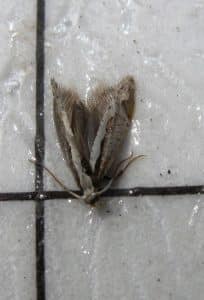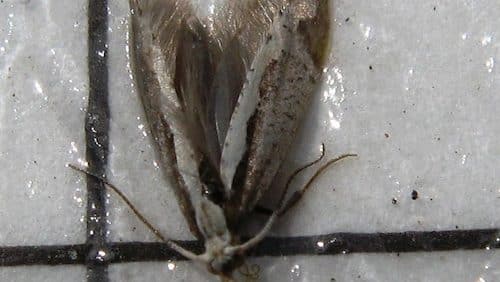Flea beetle foliar applications. Slow-growing crops or thin stands are often more likely to benefit from foliar applications of flea beetle protection – if thresholds are met or exceeded. Always scout and make decisions for each field if thresholds are met or exceeded. How to assess 25 per cent leaf area losses. How to make the spray decision. The Canola Encyclopedia has more detail, including a table of products available for foliar flea beetle protection.
Diamondback moth traps. Trap counts are showing higher numbers of adults in a few areas, but this just means that the moths have arrived, and is not necessarily a cause for concern. See the Prairie Pest Monitoring Network trap updates. For one thing, the primary risk stage is at podding. Leaf defoliation by larvae at this early stage of the season can happen, but it’s rarely economic. For another thing, parasitism and predation by beneficial insects between now and podding often keeps numbers of diamondback larvae below thresholds. The Canola Encyclopedia has more on scouting, thresholds and natural enemies.

